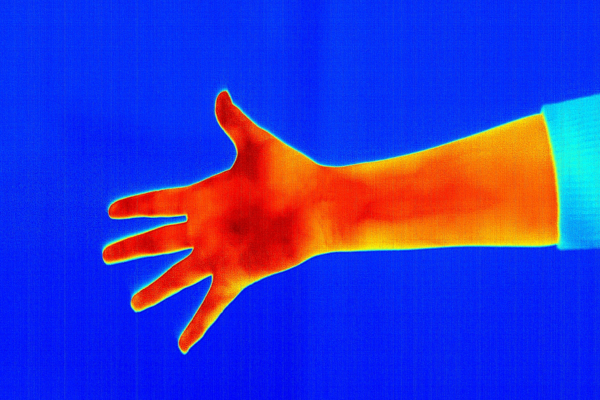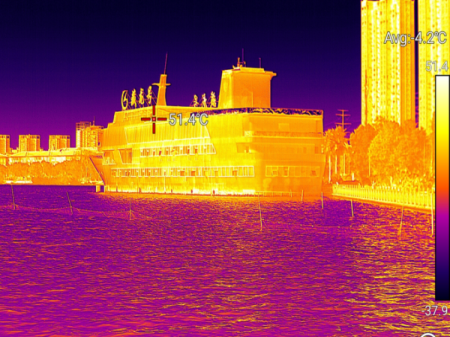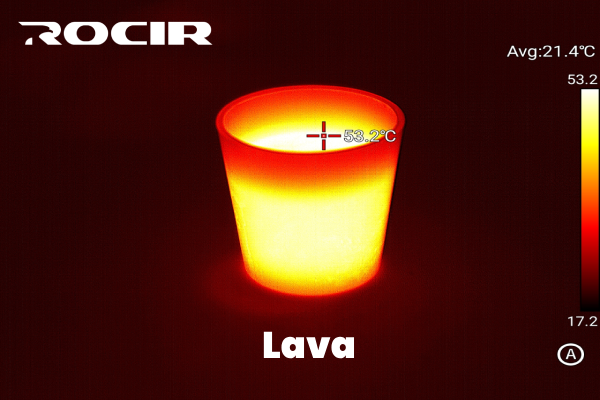Infrared thermal imaging is a fascinating technology that enables us to visualize heat emitted by objects. Unlike visible light, which reflects off surfaces to create the colors we see, infrared imaging relies on thermal radiation. This difference underpins why objects appear in varying colors on a thermal image. In this article, we explore the science behind this phenomenon and its implications across various fields.
The Science of Infrared Thermal Imaging
Infrared radiation is part of the electromagnetic spectrum and is emitted by all objects based on their temperature. The intensity of this radiation increases as an object’s temperature rises. Thermal cameras detect these infrared waves and translate them into visual images using a color palette, where each color represents a specific temperature range.
Why Do Colors Vary?
Temperature Differences
The primary reason for color variation in infrared imaging is temperature. Hotter objects emit more infrared radiation than cooler ones, which thermal cameras display as warmer colors like red, orange, and yellow. Cooler objects, in contrast, are represented by cooler tones such as blue and purple. For instance, a human body will appear warmer compared to a wooden chair in the same room.
Emissivity of Materials
Emissivity is a material’s ability to emit infrared radiation. Different materials have different emissivity levels, ranging from 0 (no emission) to 1 (perfect emitter). High-emissivity materials, such as skin or fabric, emit more infrared radiation and appear warmer in thermal imaging. Conversely, low-emissivity materials like polished metals reflect more of their surroundings, which can lead to misleading color representation in thermal images.
Surface Texture and Composition
The texture and composition of a surface also affect its infrared emission. Rough surfaces tend to have higher emissivity than smooth ones. For example, a rough concrete wall will appear warmer than a smooth metal surface at the same temperature due to differences in emitted radiation.
Environmental Factors
Ambient conditions, such as air temperature, humidity, and reflective surfaces in the environment, can influence how objects appear in thermal imaging. For instance, reflections of heat sources on shiny surfaces can alter perceived temperatures, adding complexity to interpreting thermal images.
Applications of Color Variation in Thermal Imaging
Understanding why objects appear in different colors in infrared imaging has practical applications across various industries:
- Medical Diagnostics: Identifying temperature anomalies in the human body for early detection of inflammation or infections.
- Building Inspections: Detecting heat leaks or moisture damage by visualizing temperature gradients in structures.
- Industrial Maintenance: Monitoring equipment and machinery to prevent overheating or failure.
- Wildlife Observation: Studying nocturnal animals by detecting their body heat.
The colors displayed in infrared thermal imaging provide crucial insights into temperature variations, material properties, and environmental interactions. By understanding the factors that influence these color variations, we can better interpret thermal images and apply this knowledge effectively across diverse fields. As thermal imaging technology continues to advance, its accuracy and utility are expected to expand, offering even greater insights into the invisible world of heat.












